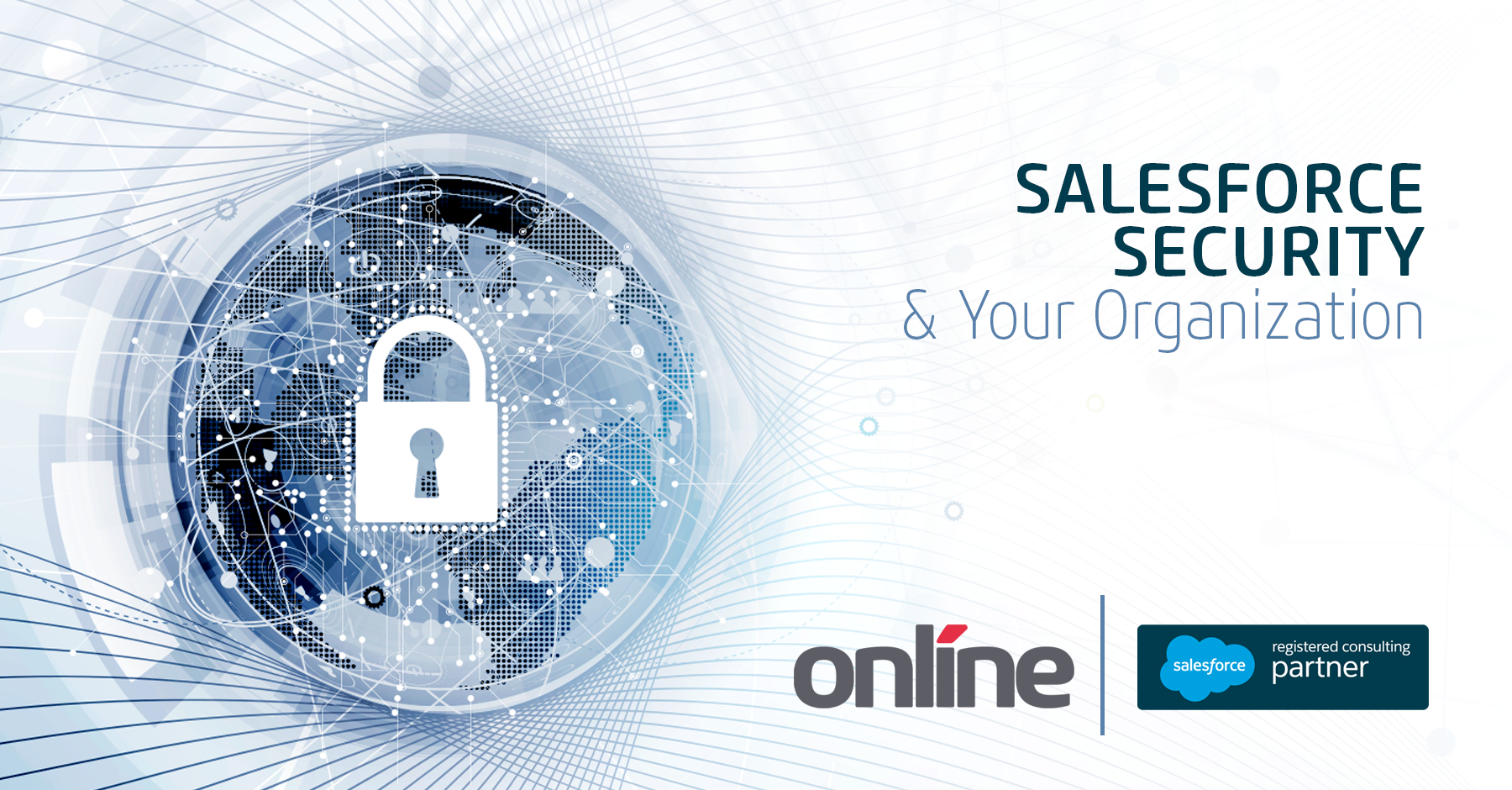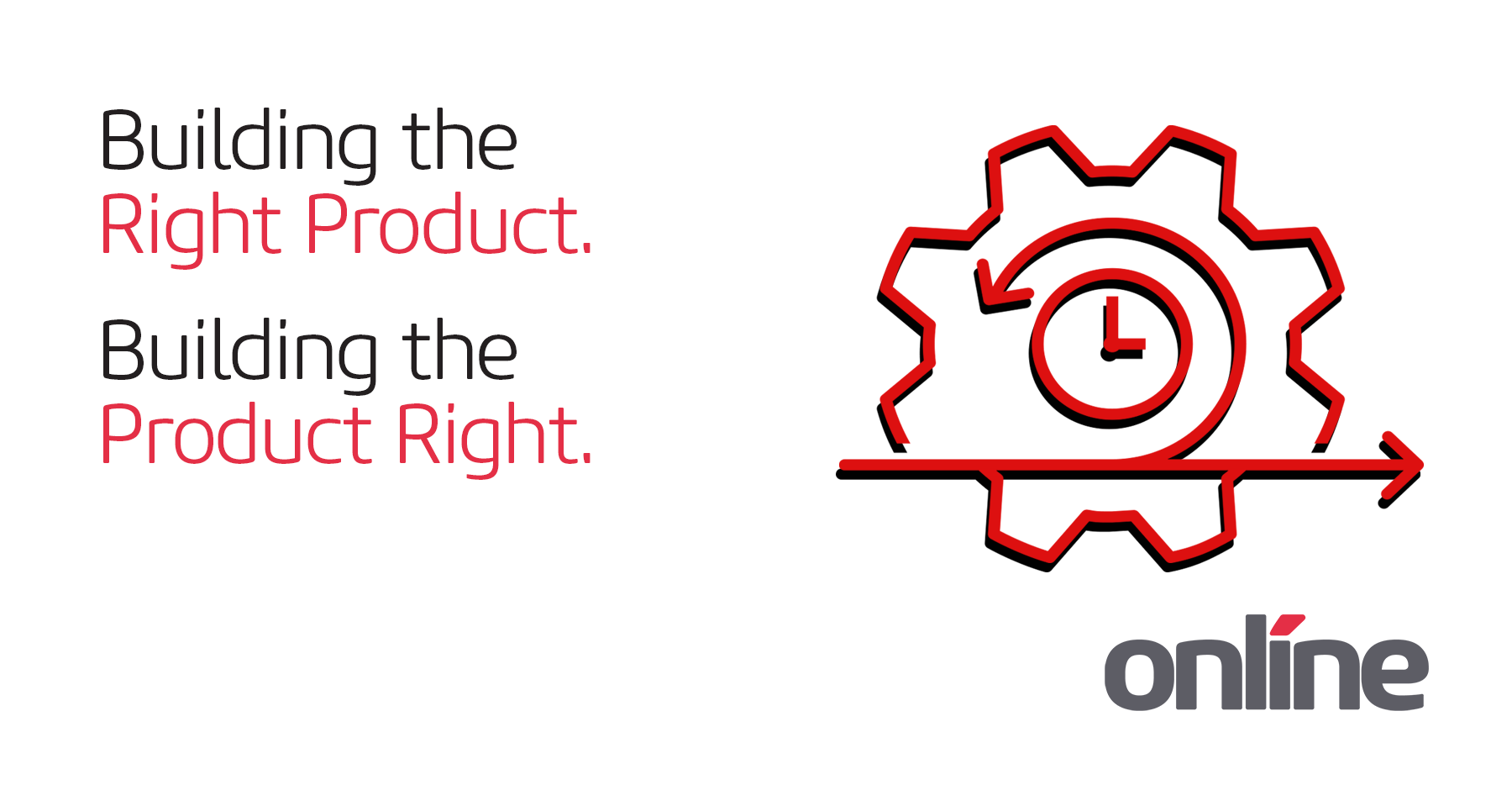 Everyday businesses face a unique set of challenges and must consider a changing array of variables and scenarios. These dynamic realities make it very difficult to identify the "best time" for integrating new processes, making it impossible to generalize the problem into a one-size-fits-all type of answer, especially when it comes to Digital Transformation. The variables with DT are even more of a factor given its inherently adaptable and far reaching impact.
Everyday businesses face a unique set of challenges and must consider a changing array of variables and scenarios. These dynamic realities make it very difficult to identify the "best time" for integrating new processes, making it impossible to generalize the problem into a one-size-fits-all type of answer, especially when it comes to Digital Transformation. The variables with DT are even more of a factor given its inherently adaptable and far reaching impact.
In this blog, we will look at two common scenarios that are often experienced and from there, entertain some practical solutions on how you can successfully integrate DT processes as efficiently as possible.
Scenario One: "Didn't you Know?"
Let's imagine you are the CIO, VP of IT, (or anyone else who has been tasked with taking care of the “IT Part” of your company’s digital transformation program). It’s an exciting opportunity! It’s a large, high-profile initiative that has lots of funding and the attention of the entire company…and your clients…and the market…gulp!
Okay, so there is some pressure involved, but you have a solid handle on the company’s strategy and a team of very talented people to help you get this done. You have business analysts, architects, developers, testers, trainers and great project managers who will help you migrate your company from clunky old legacy systems, to state-of-the-art solutions. You are chairing this program kickoff meeting, confident in your ability to lead the team through this challenge when Tom from your Enterprise Architecture team sets off the first landmine…
“What about our Field Service Management system?” asks Tom. “I don’t see that in our roadmap”.
You look at Tom and smile, telling him not to worry – it’s a SaaS solution and our vendor will take care of any upgrades we need – crisis averted. Looking around the room you continue your presentation while Tom mulls over your response. A few minutes later he asks another question.
“Back to our FSM solution…Yes, the vendor will take care of upgrades, but it’s integrated into our CRM, Inventory Management, HRIS and Fleet Management systems. Some of those integrations took months to develop and the documentation is very poor on the work done. How are we going to address those integrations?” asks Tom.
Now the sweat starts to roll down your face. Perhaps this isn’t going to be quite that easy after all. No sooner do you wipe the first beads of sweat off than Tom’s colleague Cindy chimes in…
“What about our custom logistics solution? It’s 25 years old and according to our roadmap, isn't due to be replaced until Phase III of the program. It’s integrated to seven other systems – that we know of. The integrations are all hard coded – that are due to be replaced earlier on.”
Now the sweat really starts to flow. What does she mean seven other systems? Our roadmap only shows two?
This scenario plays out in countless companies that are embarking on a digital transformation journey. Believe it or not, our friend in this scenario is lucky. The landmines are surfacing right at the beginning – before he embarks down a path filled will lengthy delays, massive cost overruns and in many cases, total failure. The truth of the matter is that most companies today have very poor insight into their assets (hardware, software applications, etc.) and the critical connections that exist between them.
Asset Management and CMDB
Asset Management and CMDB (Configuration Management Database) projects are usually the last to be funded and are often non-existent in most organizations. Assets are managed on spreadsheets or custom, disconnected solutions and are rarely even close to accurate. Worse yet, it’s extremely rare that the integrations and inter-connects between applications (including shared data, business process and even infrastructure) are truly understood.
Instead, we strongly recommend that you BEGIN DT projects with accurate inventory counts.

Scenario Two: Are They Connected?
Let's look at CIO "X" who has been leading the charge on upgrading the Customer Information System for a major financial institution. "X" has been plagued by cost overruns (he is 750% over initial budget), timeline slippage (he's in year 4 of a 2-year program), and embarrassing application rollouts (his mobile banking upgrade brought the system down for one day). His biggest problem is not budget or having a talented team; his biggest problem has been an unmapped integration between systems.
There are over 50 applications that are interconnected and understanding what and how they are connected is critical. They also seem to be beyond his grasp, leaving him frustrated and with his job on the line – what can he do?
They first thing he needs to do is get back to basics. He needs that CMDB and Asset Management solution -yesterday. He needs it to be accurate – capturing all connections and dependencies. With the change of pace in his organization, he also needs it to be updated constantly – changes are happening at a blistering pace and he needs to know about them.
How can he solve this challenge – quickly?
Change and Release Management
There are several solutions in the market today including the industry-leading BMC Discovery solution that can quickly and accurately map ALL of his assets regardless of where they are located – including multiple clouds. It can also more importantly, map all the dependencies – up and downstream – between the assets, applications and business processes. Most importantly, once the solution is configured, it can maintain this mapping and provide updates in near real-time.
Once this information is mapped and stored, it can populate a CMDB which in turn can support critical processes such as Change and Release Management to prevent potentially catastrophic problems as the organization moves along its Digital Transformation Journey.
Asset, Change & Release Management along with the CMDB, are the heart of ITIL and IT Service Management. They have been around a long time, but unfortunately are often one of the most neglected components of a successful Digital Transformation program.
There are numerous scenarios we could list where the need for a Digital Transformation becomes apparent, and decision-makers need to carefully identify the integration process in order to alleviate adoption issues. More often that not, a customized plan is required to best serve the individual organization's requirements. Properly formalizing this plan needs to be done with the help of a Digital Transformation expert, and your organization's SME and/or decision makers.
If you’d like to learn more or have specific questions about where to start with Digital Transformation for YOUR organization, please contact a member of our Service Management Team today.
Was this blog useful to you? We'd love to hear your feedback below!






Submit a Comment